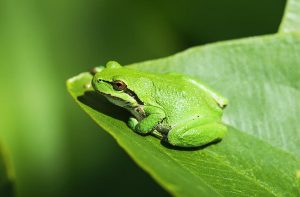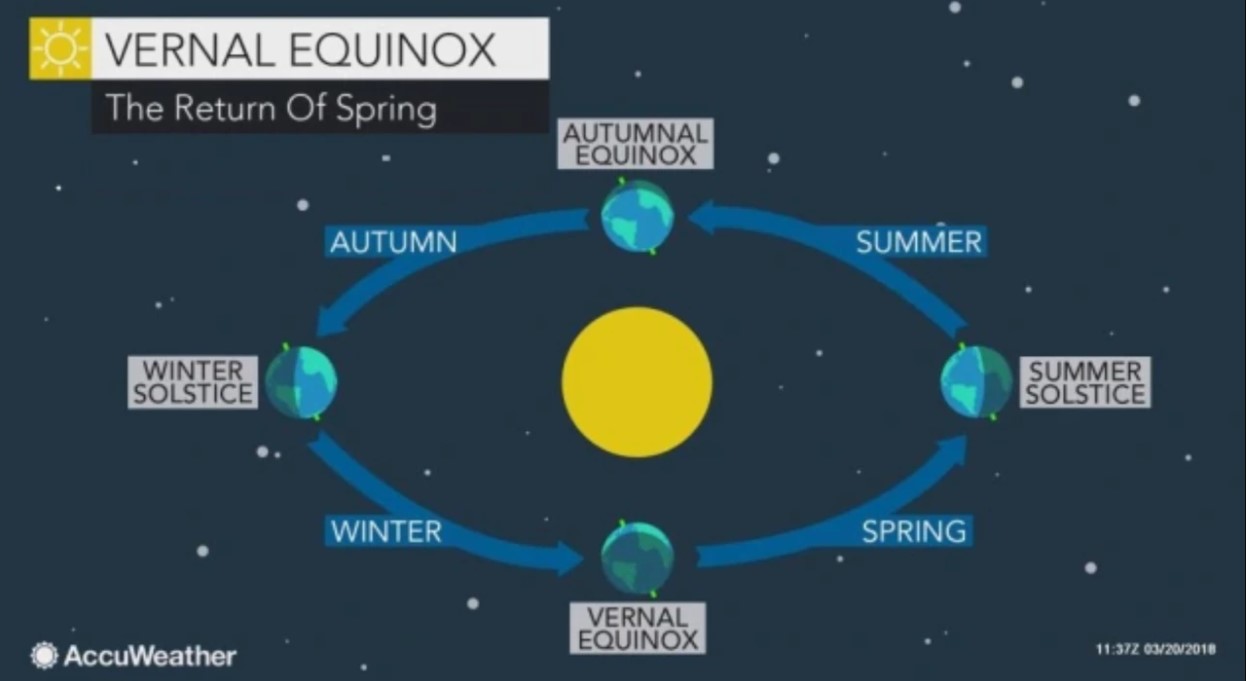EDITOR’S NOTE: Join me in welcoming another wonderful guest columnist to the Pioneer, Barbara McLaughlin! A local gardener and community organizer, and wife of another Pioneer story-teller, Charles “Chuck” McLaughlin, Barbara will be sharing her insights about what’s going on outdoors.
By Barbara McLaughlin
It’s officially Spring! The Spring or Vernal equinox occurred on Sunday, March 20, 2022 at 8:33 am PDT. The Equinox, from Latin for equal nights or Vernal, meaning new and fresh, is when the direct rays of the sun are shining down on the equator and day and night are equal in length, give or take a few minutes. On March 20 in Astoria the sun rose at 7:18am and set at 7:28pm. After the vernal equinox, the direct rays of the Sun migrate north of the Equator until they finally arrive at the Tropic of the Cancer (latitude 23.5 degrees north). Nehalem is at latitude 45 degrees, 43 feet and 12 minutes, about half way between the Equator and the North Pole. (Curiously the Mediterranean Sea is approximately at 45 degrees north also.)
Our days have been getting longer since the Winter Solstice and the day length on the Equinox was 12 hours 10 minutes and 7 seconds, which was 3.17 minutes longer than the day before. The greatest difference in day length from day to day happens near the two Equinoxes, Spring and Fall and even though the days will be getting longer until Summer Solstice the difference from one day to next is lessening. By the time we get to Summer Solstice on June 20-21 the difference in day length is 4 seconds and there will 15 hours, 46 minutes and 47 seconds of daylight. Then of course the days get shorter until Winter Solstice.
In ancient times, the Spring Equinox was known as Ostara, when pagans held a huge festival to honor the Greek Goddess, Eostre, on the first Sunday after the first full moon that falls after the spring equinox. Today this is how the date of Easter is determined and in 2022 Easter is on April 17 since the next full moon will be on April 16.
The themes of the celebration were fertility, rebirth, renewal, and new beginnings, symbols of which were eggs and bunnies, which are still mainstays of our Easter traditions.
Sources:
https://www.farmersalmanac.com/spring-equinox-first-day-spring
https://rhythmsofplay.com/ways-celebrate-spring-vernal-equinox/
So what’s going outside in my neighborhood in Nehalem? Sounds!
The frogs are croaking. Our house shares a border with one of the holdings of the Lower Nehalem Community Trust and this time of the year the frogs make themselves known. Usually one or two frogs will start their number and soon the chorus of what sounds like thousands is in full swing. Then abruptly they all stop at once. I often wonder what the signal is.
 They are Pacific Tree Frogs (Pseudacris regilla). A diurnal amphibian, being active day and night, they are small, green or reddish brown with small dark splotches along sides, a dark mask across the eyes from nose to shoulders and a Y shaped mark between eyes. Despite their name they usually live on the ground and hide in underground burrows. They can be found far from water in woodlands, forests and meadows. For protection they can change skin color quickly from light to dark or vice versa to blend with environment and have glands in skin that secrete a waxy substance that protects their skin from drying out.
They are Pacific Tree Frogs (Pseudacris regilla). A diurnal amphibian, being active day and night, they are small, green or reddish brown with small dark splotches along sides, a dark mask across the eyes from nose to shoulders and a Y shaped mark between eyes. Despite their name they usually live on the ground and hide in underground burrows. They can be found far from water in woodlands, forests and meadows. For protection they can change skin color quickly from light to dark or vice versa to blend with environment and have glands in skin that secrete a waxy substance that protects their skin from drying out.
Check out their chorusing: www.californiaherps.com/sounds/pregilladn306short.mp3
Source:


